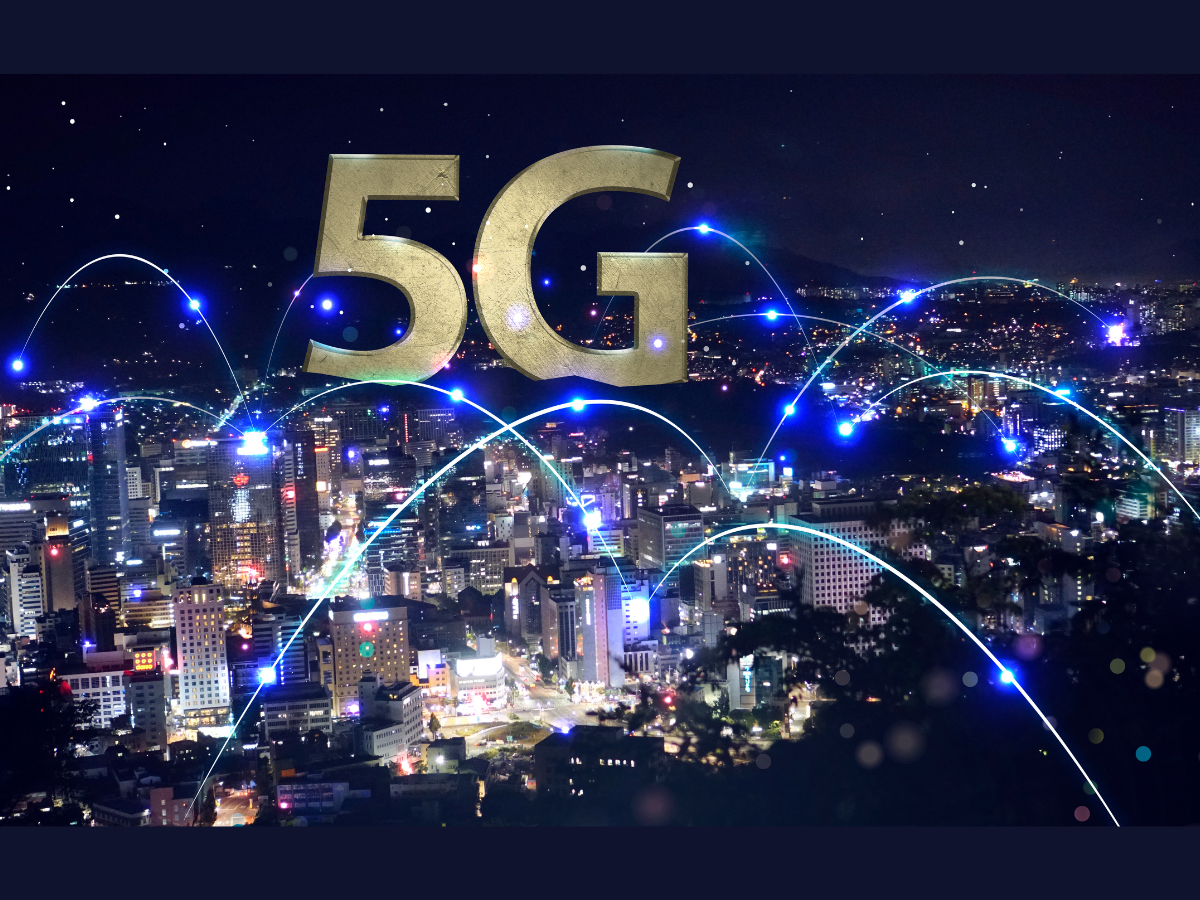In a time when connection is key to our digital lives, 5G technology is the big deal that will usher in a new era of speed, communication, and innovation. Right now, we’re on the verge of a huge technology change. Let’s learn all about 5G, its effects, how it can be used, and what it means for the future.
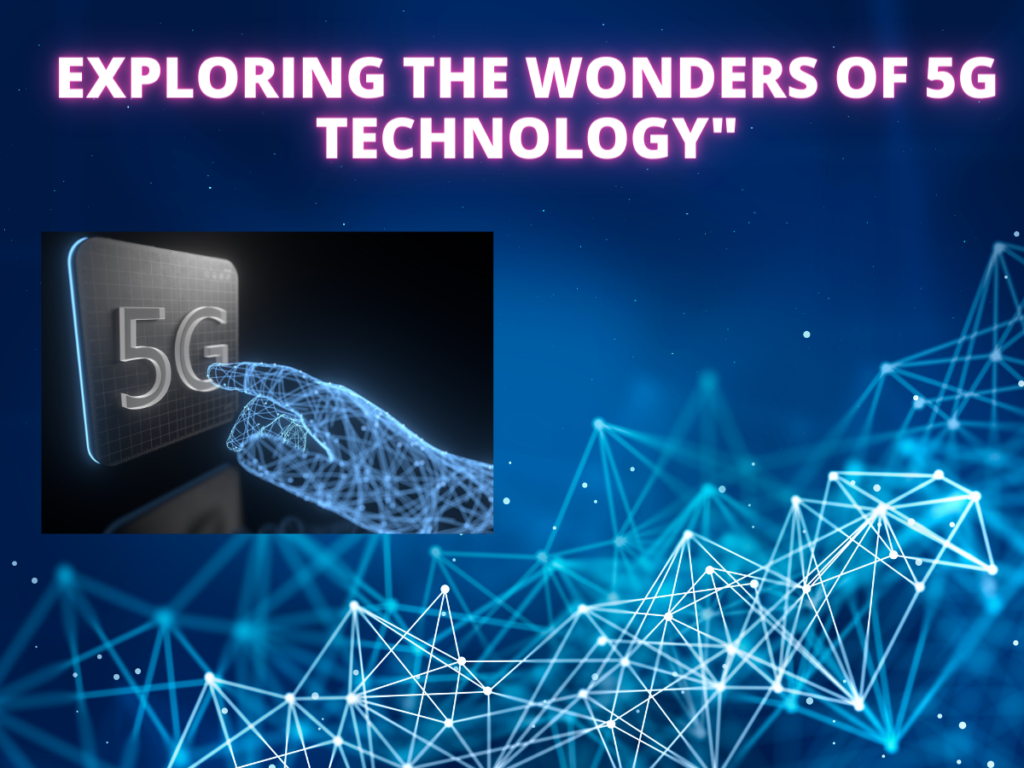
What is 5G?
5G is the fifth version of cell phones. There are now 5G networks around the world, following 1G, 2G, 3 G, and 4G networks. 5G makes it possible for a new type of network to join almost everyone and everything, like machines, items, and gadgets. The goal of 5G wireless technology is to give more people higher peak data speeds (up to several gigabits per second), very low latency, more dependability, huge network capacity, more availability, and a more consistent user experience. Better speed and efficiency open up new user experiences and link different businesses.
How fast is 5G Technology?
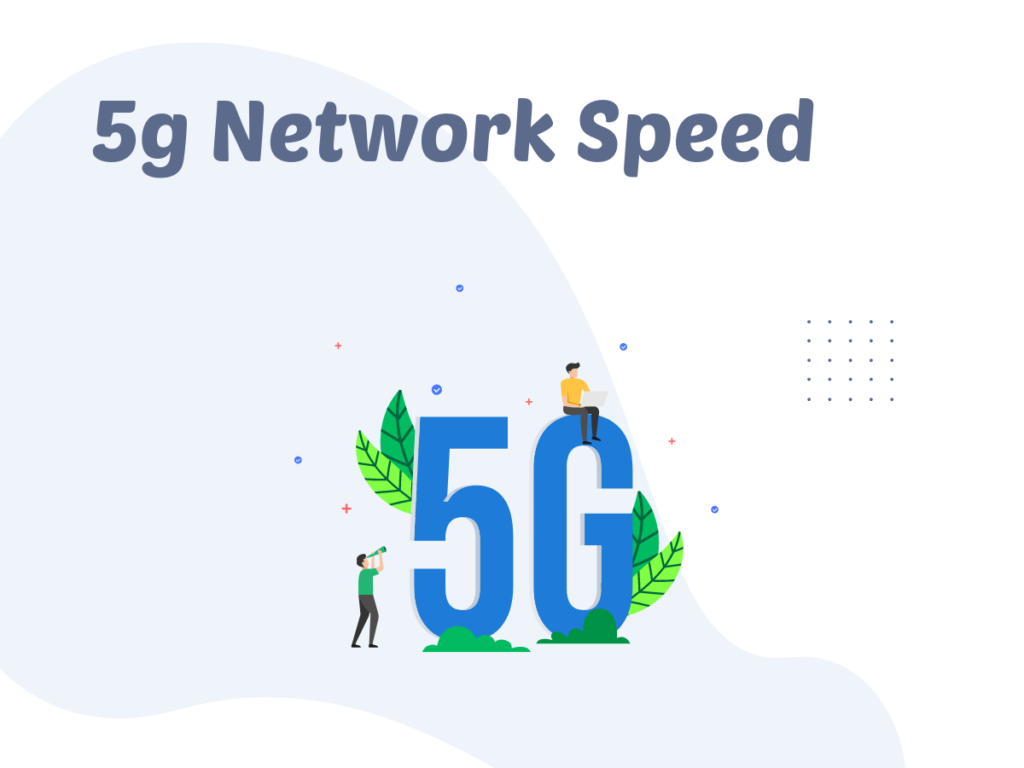
Based on IMT-2020 standards, 5G is meant to offer high data rates of up to 20 Gbps. The Qualcomm® SnapdragonTM X65, which is Qualcomm Technologies’ top 5G option, can reach downlink peak data rates of up to 10 Gbps. But 5G isn’t just about how fast it is. 5G is meant to offer much more network capability by adding new frequencies, like mmWave, along with faster peak data rates. 5G networks can offer much lower delay, which means responses happen faster, and a more stable user experience, which means data rates stay high even when users move around. There is a Gigabit LTE service base for the new 5G NR mobile network, so there can be Gigabit-class connections everywhere.
What are the benefits of 5G?
Even though the disadvantages of 5G are obvious when considering how easily mmWave can be blocked, or less obvious when considering radio frequency (RF) exposure limits, 5G still has numerous worthwhile benefits,
- including the use of higher frequencies;
- high bandwidth;
- improved mobile broadband;
- 5 ms latency;
- greater data rates, which will enable new technology possibilities such as 4K streaming or near-real-time virtual reality (VR) streaming across 5G networks and
- the possibility of building a 5G mobile network made up of low-band, mid-band, and mmWave frequencies.
Where is 5G Technology being used?
5G is mainly used for three main types of linked services: faster mobile internet, mission-critical communications, and the Internet of Things (IoT). One thing that makes 5G unique is that it is made to be forward compatible, which means that it can easily support services that we don’t even know about yet.
Better mobile broadband: 5G mobile technology can bring us new engaging experiences like VR and AR with faster, more uniform data rates, less delay, and lower cost-per-bit. It can also make our smartphones better.
Mission-critical communications: 5G can make new services possible that can change industries by providing ultra-reliable, available, and low-latency links for things like controlling medical treatments, vehicles, and critical equipment from afar.
Massive Internet of Things: With 5G, data rates, power, and movement can be scaled down, making it possible to connect a huge number of sensors that are built into almost everything. This makes connectivity options very thin and cheap.
Impact on Connectivity: A World of Possibilities Unveiled Speeds as fast as lightning: One of the best things about 5G is how fast it is. With internet speeds of up to one gigabit per second, things that used to take minutes can now be done in seconds. This not only makes the experience better for users but it also opens up new opportunities in many fields.
The Revolution of Low Latency: The fact that 5G can respond almost instantly changes how we use technology. Less latency is good for fields like healthcare, games, and self-driving cars because it lets apps that need to respond in real-time work.
Capacity for Connectivity: Because 5G has more capacity, more devices can join at the same time without slowing down performance. In this day and age of the Internet of Things (IoT), where billions of gadgets can talk to each other without any problems, this is very important.
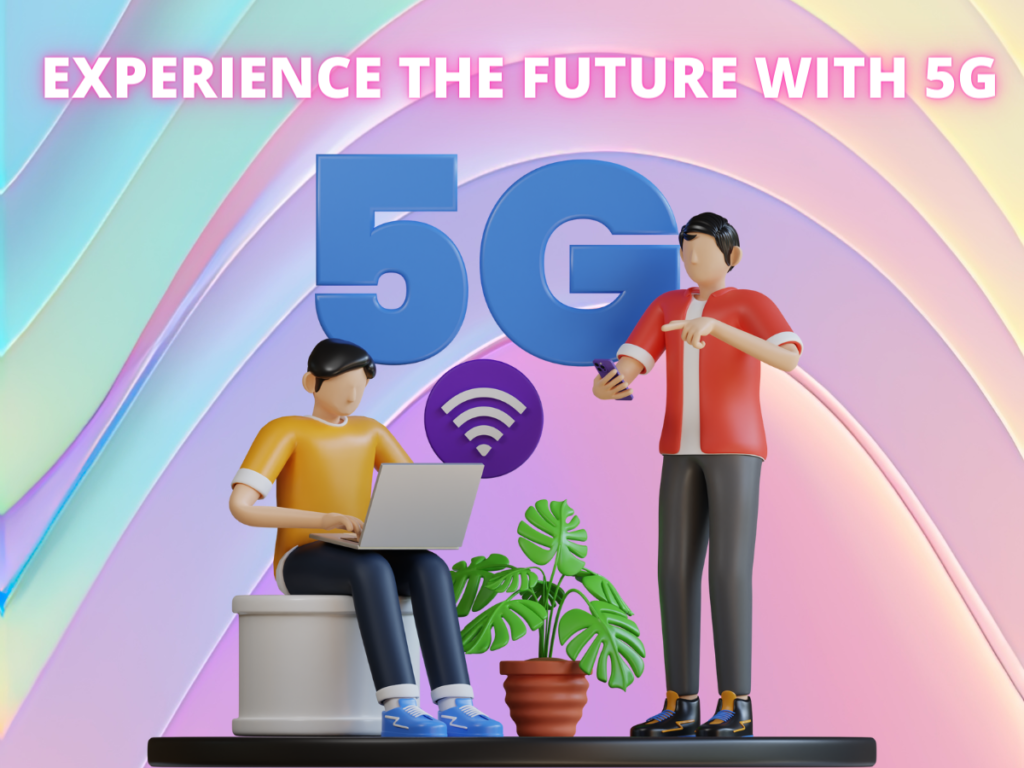
How will 5G Technolog internet services work?
Network operators are working on two kinds of 5G services:
- 5G fixed wireless broadband services let homes and companies connect to the internet even if they don’t have a wired link. To do this, network providers set up NRs in small cell sites close to buildings to send a signal to a receiver on a roof or a window sill, where it is boosted inside the building. Due to the fact that providers won’t have to install fibre optic lines to every home, fixed broadband services should make it cheaper for them to provide broadband services to houses and businesses. Instead, providers only need to 2. connect fibre optics to cell sites. Broadband services are then delivered to users’ homes or businesses through wireless modems.
- Users can connect to providers’ 5G cell phone networks through 5G cellular services. The first 5G-enabled (or -compliant) products hit the market in 2019, which is when these services began to be offered. You can’t get cellular service until the 3GPP finishes working on the mobile core standards.
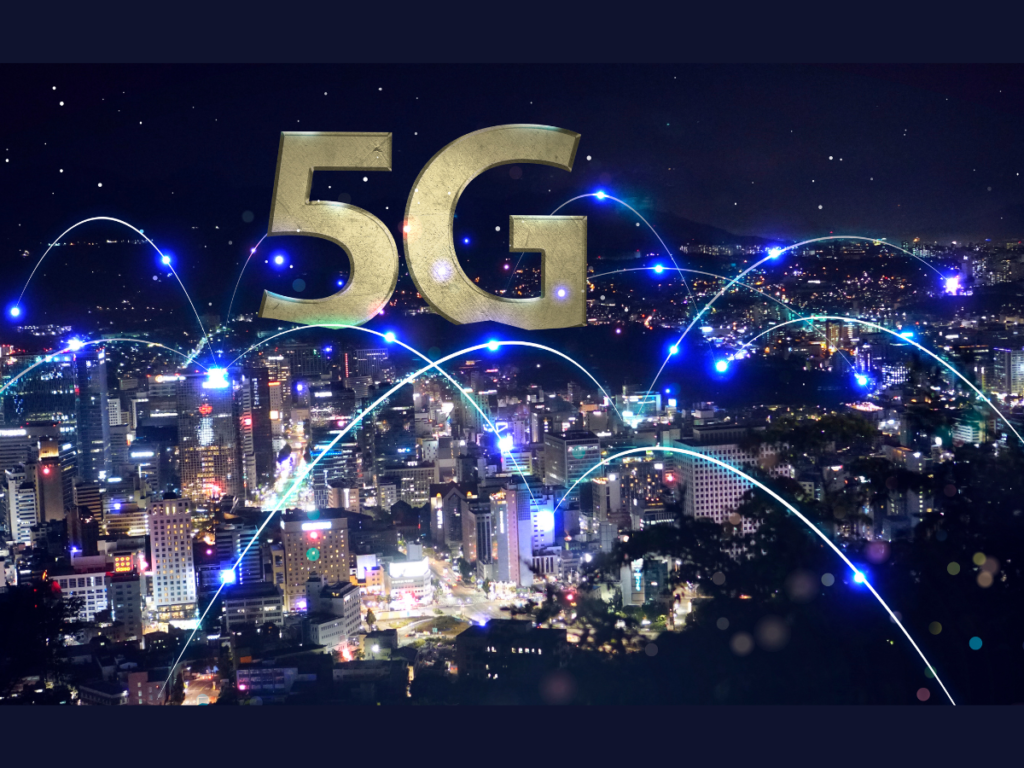
The Future Powered by 5G
As 5G continues to spread around the world, it will have a huge effect on our daily lives and many businesses. New technologies and apps are just starting to appear, which points to a future where communication is not only quick but also opens up a world of options that have never been seen before.
